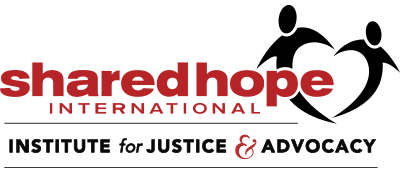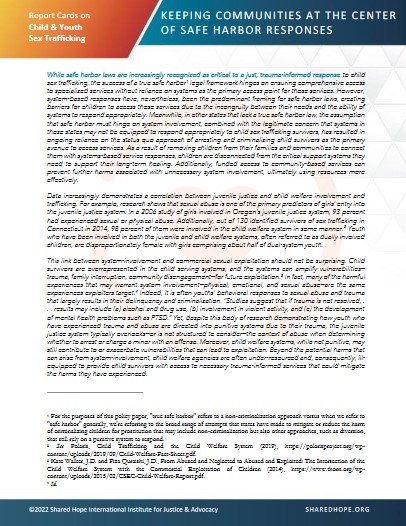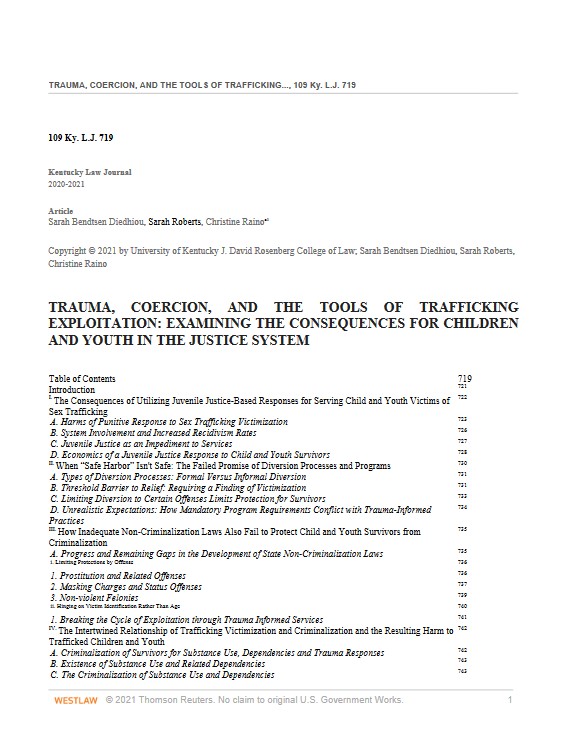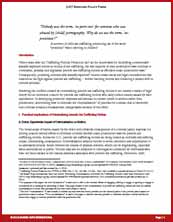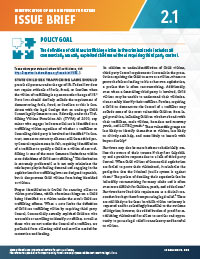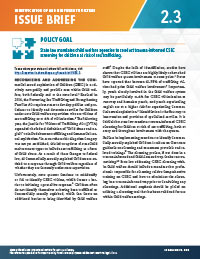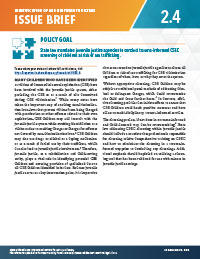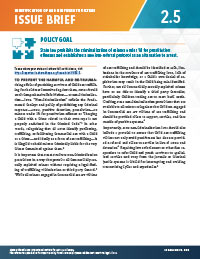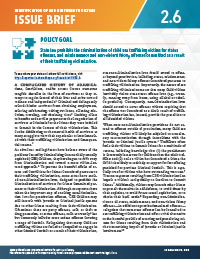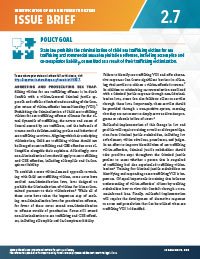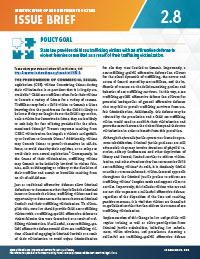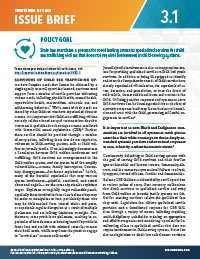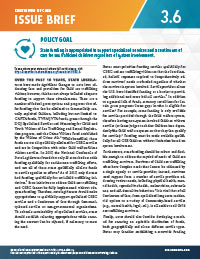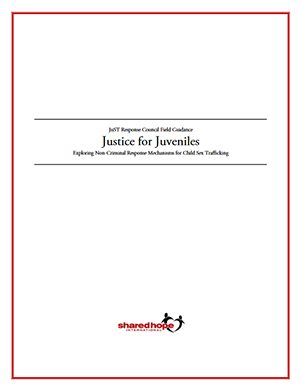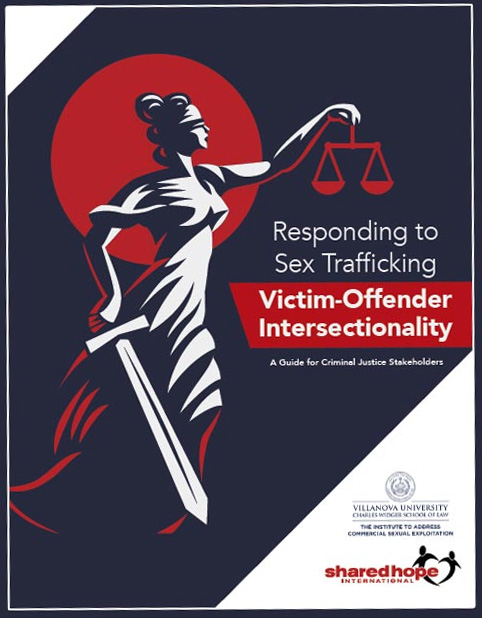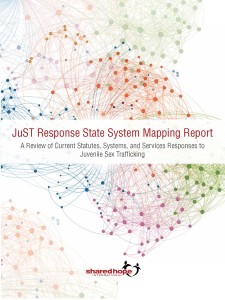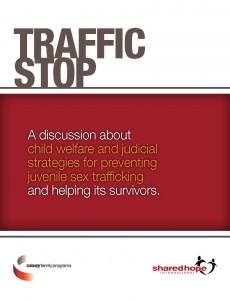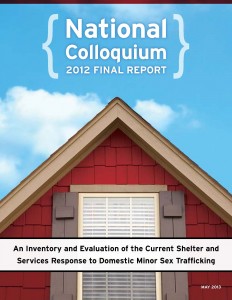Safe Harbor Law and Policy
Community-Based Services White Paper
(2022) This white paper discusses the importance of providing comprehensive, trauma-informed services to all child sex trafficking victims, regardless of system-involvement.
TRAUMA, COERCION, AND THE TOOLS OF TRAFFICKING
EXPLOITATION: EXAMINING THE CONSEQUENCES FOR CHILDREN
AND YOUTH IN THE JUSTICE SYSTEM
(2021) Kentucky Law Journal Article
Protective Response Model
(2016) A protective response model to juvenile sex trafficking encompasses state and federal statutes, system protocol and implementation, access to available service and community resources, and outcome measurements.
JuST Response Policy Paper: Non-Criminalization of Juvenile Sex Trafficking Victims
(2016) Discussing the social and legal importance of ending criminalization of minors for prostitution offenses.
ISSUE BRIEF 2.1
The definition of child sex trafficking victim in the criminal code includes all commercially sexually exploited children without requiring third party control.
ISSUE BRIEF 2.3
State law mandates child welfare agencies to conduct trauma-informed CSEC screening for children at risk of sex trafficking.
ISSUE BRIEF 2.4
State law mandates juvenile justice agencies to conduct trauma-informed CSEC screening of children at risk of sex trafficking.
ISSUE BRIEF 2.5
State law prohibits the criminalization of minors under 18 for prostitution offenses and establishes a services-referral protocol as an alternative to arrest.
ISSUE BRIEF 2.6
State law prohibits the criminalization of child sex trafficking victims for status offenses, and misdemeanor and non-violent felony offenses committed as a result of their trafficking victimization.
ISSUE BRIEF 2.7
State law prohibits the criminalization of child sex trafficking victims for sex trafficking and commercial sexual exploitation offenses, including accomplice and co-conspirator liability, committed as a result of their trafficking victimization.
ISSUE BRIEF 2.8
State law provides child sex trafficking victims with an affirmative defense to violent felonies committed as a result of their trafficking victimization.
ISSUE BRIEF 3.1
State law mandates a process for coordinating access to specialized services for child sex trafficking victims that does not require involvement in child-serving systems.
ISSUE BRIEF 3.6
State funding is appropriated to support specialized services and a continuum of care for sex trafficked children regardless of system involvement.
